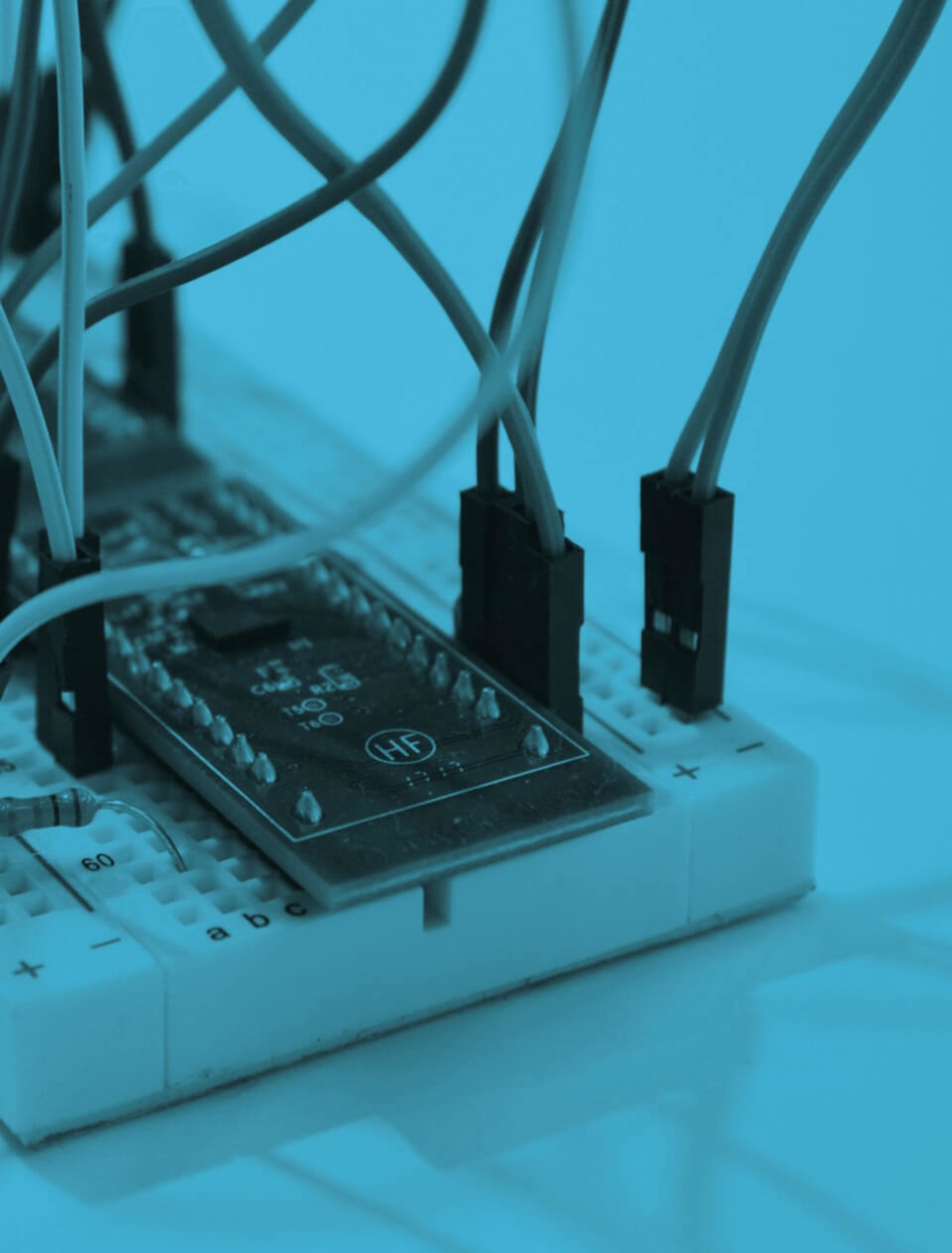IoT hardware from prototype to production
Posted 19 Aug 2019
The expected economic impact of the Internet of Things (IoT) within the next decade is in the trillions of dollars, touching diverse sectors from manufacturing to smart cities, from agriculture to healthcare.
While the opportunities for IoT innovation are limitless, IoT hardware is more complex to approach for entrepreneurs and startups than pure software or cloud-based internet businesses. Having the right ecosystem partnerships plays a very important role in filling the skills and knowledge gaps but there are still unique challenges that IoT entrepreneurs are currently faced with.
This guide aims to provide orientation for an increasing number of UK entrepreneurs, startups and scaleups who are keen to launch hardware based IoT products and services. It provides guidance to navigate the entire process of IoT hardware production from the building of a basic prototype up to production at volume and end of product life. For each of these hardware manufacturing stages, the report highlights important considerations such as where to focus energy and provides a clearer understanding of the expectations that design and manufacturing partners may have, so an engagement with these can become more successful.
At a high level the IoT devices that this report refers to may be split into three types:
- Sensing and mobile devices – At the simplest end of the spectrum, ‘sensing’ IoT devices require one or more sensors, a microcontroller, communications and power. Often such a device is mobile – meaning that it does not have to be physically connected to a network or to power. In this case, the communications will be wireless and the power source is a battery.
- Industrial IoT devices – Some IoT devices may incorporate more complex sensing and digital actuation. They often use wired communications due to the increased reliability requirements in an industrial environment, and they are typically mains powered.
- Gateway devices – Some IoT devices act as ‘gateways’; acting as a funnel, which assimilates information from a number of connected devices and relaying it onto the internet (and/or vice-versa). They may also act as secure end points for sensor devices that do not possess the processing power for more complex security protocols to connect to the internet. Gateways usually require considerably more processing, memory or storage power than simple sensing devices.
To read the guide in full, please access it below.